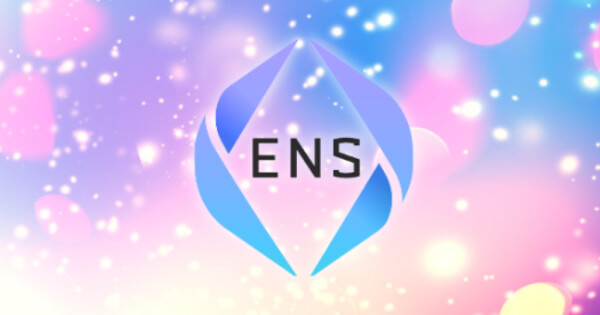Alvin Lang
30 July 2024 14:43
ENS domains are now available on Linea, the first native ENS integration on a Layer 2 blockchain.
According to blog.ens.domains, Ethereum Name Service (ENS) domains are now available on Linea, marking an industry-first native ENS integration on a Layer 2 (L2) blockchain.
ENS and its importance
Ethereum addresses, which are typically 42 characters long, are difficult to remember. ENS, a decentralized naming protocol built on the Ethereum blockchain, provides a solution. ENS translates complex blockchain addresses into human-readable labels, much like the Domain Name System (DNS) does for IP addresses. It is a decentralized protocol managed by the ENS DAO that uses immutable and transparent smart contracts to resolve records and translate names into addresses.
Linea’s Role in Integration
Linea, the fastest growing zkEVM on Ethereum, has become the first zkEVM Layer 2 to adopt the EIP-3668 standard in production. This integration allows users to convert wallet addresses into human-readable domains, and developers to use CCIP Read (ERC-3668) for cross-chain data retrieval. This implementation aims to reduce gas costs and improve interoperability.
Benefits for users and developers
Introducing ENS to Linea has several benefits:
- Cost-effectiveness: Managing ENS on the Ethereum mainnet typically incurs higher gas fees. Linea’s L2 efficiency significantly reduces these costs.
- Interoperability: Linea’s ENS can be resolved on any dapp and network that is compatible with ENS.
CCIP Read (ERC-3668) provides a general solution for efficiently accessing and verifying external data by enabling transparent off-chain data querying. This feature reduces costs for developers, enhances security, and opens up new design possibilities.
Impact on the Web3 Ecosystem
The continued adoption of ENS is expected to advance the entire web3 ecosystem in the following aspects:
- Improve user experience: Low fees and fast transaction speeds bring the on-chain user experience closer to Web2 benchmarks.
- Increased opportunities for participation: Increase accessibility to L2 at a lower cost and expand participation in ENS.
- Accelerating innovation and ecosystem growth: L2 deployments can spur innovation within the ENS ecosystem, creating new use cases and enabling more complex interactions.
As Linea progresses from testnet to decentralization, recently surpassing $1 billion in total value locked (TVL), the launch of ENS adds another layer of innovation to the ecosystem. These advancements bring cost savings, data accessibility, and improved interoperability, all contributing to an improved end-user experience.
Image source: Shutterstock

